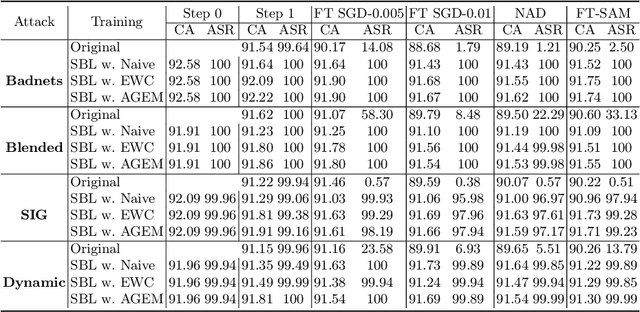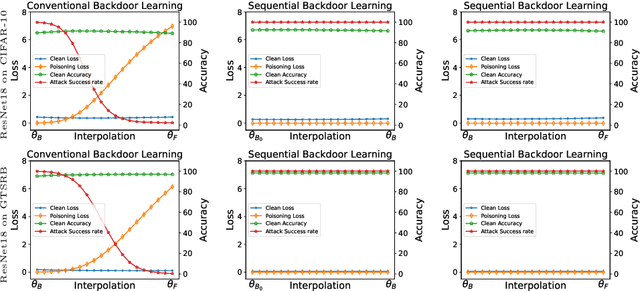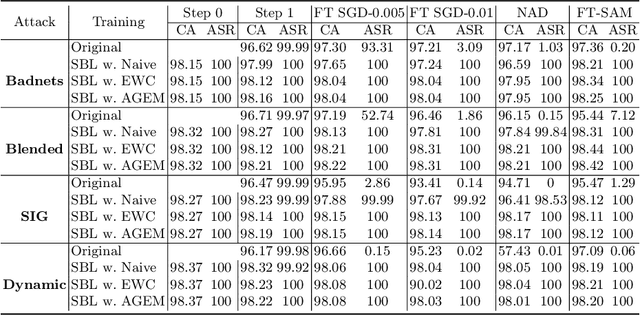Hoang Pham
Agent-UniRAG: A Trainable Open-Source LLM Agent Framework for Unified Retrieval-Augmented Generation Systems
May 29, 2025Abstract:This paper presents a novel approach for unified retrieval-augmented generation (RAG) systems using the recent emerging large language model (LLM) agent concept. Specifically, Agent LLM, which utilizes LLM as fundamental controllers, has become a promising approach to enable the interpretability of RAG tasks, especially for complex reasoning question-answering systems (e.g., multi-hop queries). Nonetheless, previous works mainly focus on solving RAG systems with either single-hop or multi-hop approaches separately, which limits the application of those approaches to real-world applications. In this study, we propose a trainable agent framework called Agent-UniRAG for unified retrieval-augmented LLM systems, which enhances the effectiveness and interpretability of RAG systems. The main idea is to design an LLM agent framework to solve RAG tasks step-by-step based on the complexity of the inputs, simultaneously including single-hop and multi-hop queries in an end-to-end manner. Furthermore, we introduce SynAgent-RAG, a synthetic dataset to enable the proposed agent framework for small open-source LLMs (e.g., Llama-3-8B). The results show comparable performances with closed-source and larger open-source LLMs across various RAG benchmarks. Our source code and dataset are publicly available for further exploitation.
Verify-in-the-Graph: Entity Disambiguation Enhancement for Complex Claim Verification with Interactive Graph Representation
May 29, 2025Abstract:Claim verification is a long-standing and challenging task that demands not only high accuracy but also explainability of the verification process. This task becomes an emerging research issue in the era of large language models (LLMs) since real-world claims are often complex, featuring intricate semantic structures or obfuscated entities. Traditional approaches typically address this by decomposing claims into sub-claims and querying a knowledge base to resolve hidden or ambiguous entities. However, the absence of effective disambiguation strategies for these entities can compromise the entire verification process. To address these challenges, we propose Verify-in-the-Graph (VeGraph), a novel framework leveraging the reasoning and comprehension abilities of LLM agents. VeGraph operates in three phases: (1) Graph Representation - an input claim is decomposed into structured triplets, forming a graph-based representation that integrates both structured and unstructured information; (2) Entity Disambiguation -VeGraph iteratively interacts with the knowledge base to resolve ambiguous entities within the graph for deeper sub-claim verification; and (3) Verification - remaining triplets are verified to complete the fact-checking process. Experiments using Meta-Llama-3-70B (instruct version) show that VeGraph achieves competitive performance compared to baselines on two benchmarks HoVer and FEVEROUS, effectively addressing claim verification challenges. Our source code and data are available for further exploitation.
* Published at NAACL 2025 Main Conference
ClaimPKG: Enhancing Claim Verification via Pseudo-Subgraph Generation with Lightweight Specialized LLM
May 28, 2025Abstract:Integrating knowledge graphs (KGs) to enhance the reasoning capabilities of large language models (LLMs) is an emerging research challenge in claim verification. While KGs provide structured, semantically rich representations well-suited for reasoning, most existing verification methods rely on unstructured text corpora, limiting their ability to effectively leverage KGs. Additionally, despite possessing strong reasoning abilities, modern LLMs struggle with multi-step modular pipelines and reasoning over KGs without adaptation. To address these challenges, we propose ClaimPKG, an end-to-end framework that seamlessly integrates LLM reasoning with structured knowledge from KGs. Specifically, the main idea of ClaimPKG is to employ a lightweight, specialized LLM to represent the input claim as pseudo-subgraphs, guiding a dedicated subgraph retrieval module to identify relevant KG subgraphs. These retrieved subgraphs are then processed by a general-purpose LLM to produce the final verdict and justification. Extensive experiments on the FactKG dataset demonstrate that ClaimPKG achieves state-of-the-art performance, outperforming strong baselines in this research field by 9%-12% accuracy points across multiple categories. Furthermore, ClaimPKG exhibits zero-shot generalizability to unstructured datasets such as HoVer and FEVEROUS, effectively combining structured knowledge from KGs with LLM reasoning across various LLM backbones.
* Accepted by ACL 2025 findings
Flatness-aware Sequential Learning Generates Resilient Backdoors
Jul 20, 2024



Abstract:Recently, backdoor attacks have become an emerging threat to the security of machine learning models. From the adversary's perspective, the implanted backdoors should be resistant to defensive algorithms, but some recently proposed fine-tuning defenses can remove these backdoors with notable efficacy. This is mainly due to the catastrophic forgetting (CF) property of deep neural networks. This paper counters CF of backdoors by leveraging continual learning (CL) techniques. We begin by investigating the connectivity between a backdoored and fine-tuned model in the loss landscape. Our analysis confirms that fine-tuning defenses, especially the more advanced ones, can easily push a poisoned model out of the backdoor regions, making it forget all about the backdoors. Based on this finding, we re-formulate backdoor training through the lens of CL and propose a novel framework, named Sequential Backdoor Learning (SBL), that can generate resilient backdoors. This framework separates the backdoor poisoning process into two tasks: the first task learns a backdoored model, while the second task, based on the CL principles, moves it to a backdoored region resistant to fine-tuning. We additionally propose to seek flatter backdoor regions via a sharpness-aware minimizer in the framework, further strengthening the durability of the implanted backdoor. Finally, we demonstrate the effectiveness of our method through extensive empirical experiments on several benchmark datasets in the backdoor domain. The source code is available at https://github.com/mail-research/SBL-resilient-backdoors
Forget but Recall: Incremental Latent Rectification in Continual Learning
Jun 25, 2024



Abstract:Intrinsic capability to continuously learn a changing data stream is a desideratum of deep neural networks (DNNs). However, current DNNs suffer from catastrophic forgetting, which hinders remembering past knowledge. To mitigate this issue, existing Continual Learning (CL) approaches either retain exemplars for replay, regularize learning, or allocate dedicated capacity for new tasks. This paper investigates an unexplored CL direction for incremental learning called Incremental Latent Rectification or ILR. In a nutshell, ILR learns to propagate with correction (or rectify) the representation from the current trained DNN backward to the representation space of the old task, where performing predictive decisions is easier. This rectification process only employs a chain of small representation mapping networks, called rectifier units. Empirical experiments on several continual learning benchmarks, including CIFAR10, CIFAR100, and Tiny ImageNet, demonstrate the effectiveness and potential of this novel CL direction compared to existing representative CL methods.
 Add to Chrome
Add to Chrome Add to Firefox
Add to Firefox Add to Edge
Add to Edge